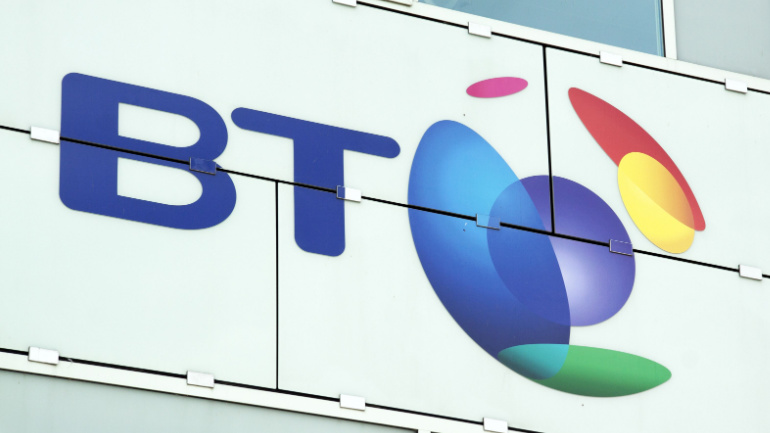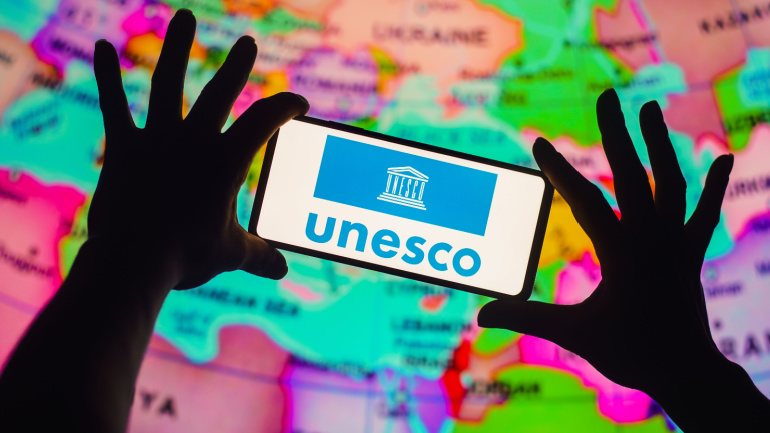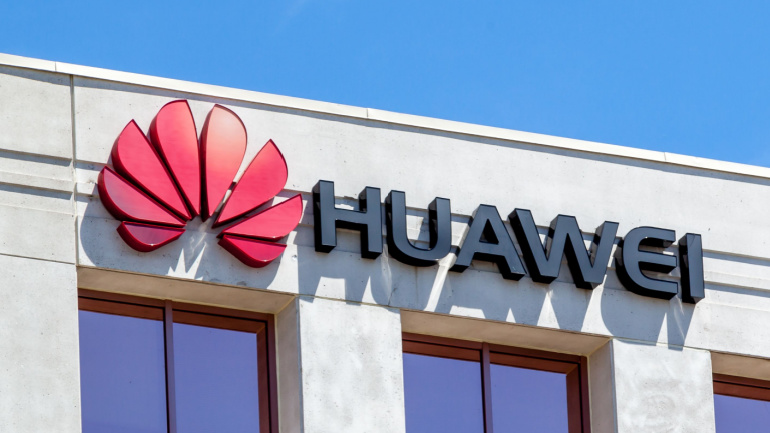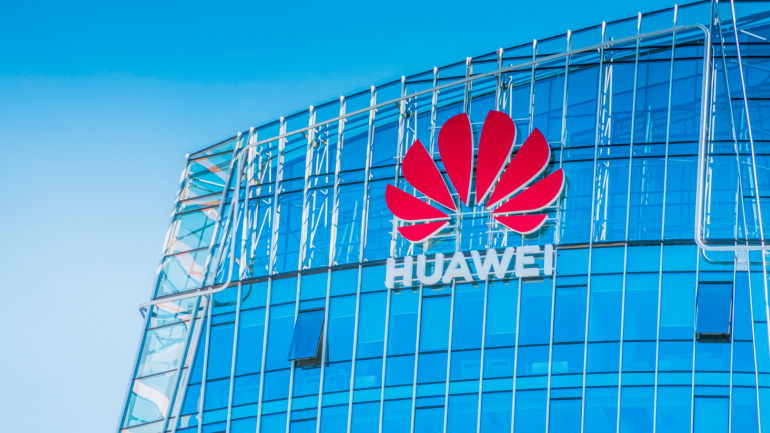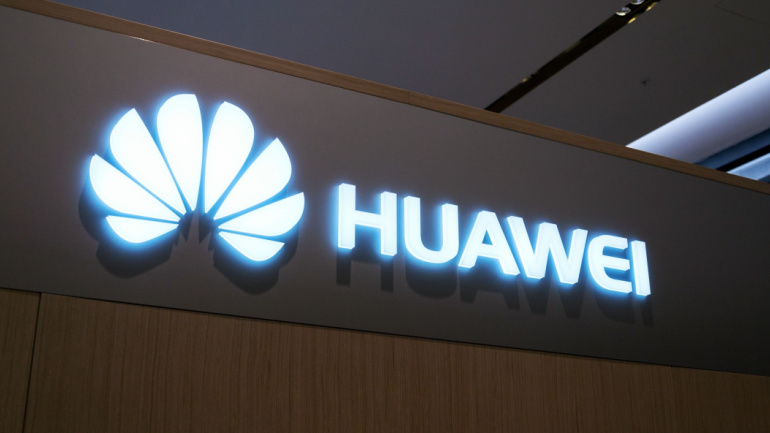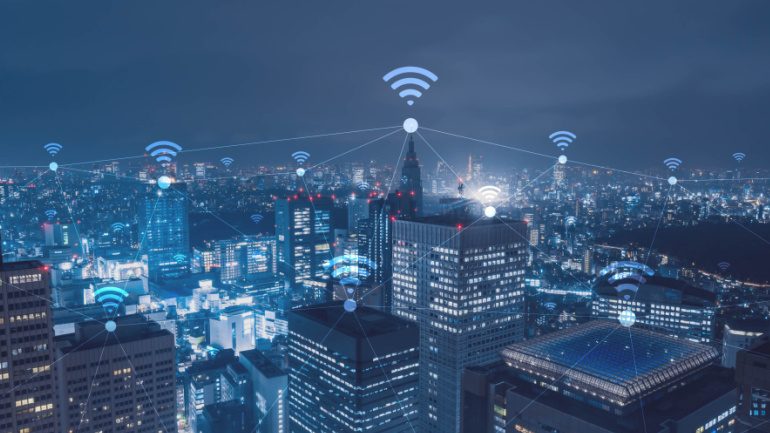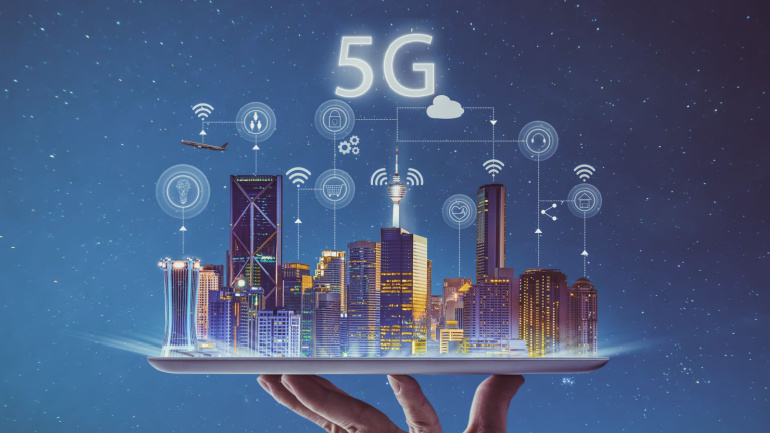Navigating the challenging mandates of the dynamic telecommunications world, UK’s premier telecom operator, BT, stumbles upon an obstacle. The company has failed to adhere to the deadline for the complete removal of Huawei equipment from its core network. The deadline, already deferred twice, raises doubts over the telecom titan’s ability to successfully transition away from Huawei’s infrastructure within the stipulated timeframe. A UK law dictates all network carriers to rid their systems of Huawei equipment by the end of 2027.
In a collaborative effort, UNESCO and Huawei have contributed to the advancement of education in Ethiopia through the Technology-enabled Open School Systems for All project (TeOSS). This initiative, part of Huawei’s TECH4ALL program, has been operational in Ethiopia, Egypt, and Ghana since 2020, with a recent donation ceremony held at the Ethiopian Ministry of Education.
In a testament to the synergy of shared innovation, Huawei and Sharp enter an intellectual property cross-licensing agreement. Such alliances underline the value of IP rights while enabling competitive market offerings. However, details like the deal’s duration and financial aspects remain undisclosed – a recurrent practice in the telecom sector.
Chinese tech juggernaut, Huawei aims to bolster its global partnerships, despite facing recent US sanctions. Pivoting to the automotive sector, Huawei’s Intelligent Automotive Solution (IAS) is poised to become a driving force in smart electric vehicles software and parts. Interestingly, while Mercedes Benz declined an investment offer to retain its software independence, a collaborative opportunity with Audi for autonomous drive technology is reportedly in play.
Huawei’s new Paris Innovation Centre reflects its pledge to advance the tech landscape in Europe through collaboration. This £2 million-per-year initiative aims to cement positive relations between corporations and small-medium enterprises (SMEs). SMEs, the bedrock of Europe’s economy, often grapple with the complexities of digital transformation, an issue the Innovation Centre seeks to address.
The 2023 Asian Games offered a glimpse into the future of event tech, from eSports to AI-driven systems. Among the innovations, a standout was ‘RADICAL’, an intelligent digital solution by Huawei and China Mobile Zhejiang, designed to manage intense 5G traffic, ensuring an exceptional experience for attendees.
An enthusiastic exploration of advancing telecommunication technologies, particularly 5G and its bigger sibling, 5.5G, was recently exhibited by Huawei’s Antenna Business Unit President, Eric Zhao. Eric emphasizes how competent R&D pursuits are imperative to propel antenna performance, a critical aspect in 5.5G proliferation. He highlights the enhancement of user experience, operational efficiency and service extension as key objectives. Moreover, Huawei’s strides in working towards the goals of unrestricted deployment, zero signal loss, and ‘zero touch’ O&M demonstrate their ambition. Yet, the journey towards these ambitious targets is far from over.
The implementation of 5G and 5.5G continues to hit roadblocks for mobile network operators – from an overwhelming number of O&M alarms to growing energy usage. Striking a balance between enhanced user experience and energy efficiency becomes crucial. Furthermore, the substantial financial expenditure for service provisioning underscores the need for attracting high-value customers. As the industry clarity grows on evolving towards autonomous networks, the two standout levels are L3 – a process that enhances efficiency, and L4 – that takes O&M to a proactive level with preventive tactics. Huawei’s solutions in this field focus on syncing optimal energy efficiency with ideal service experience. Interestingly, Huawei’s collaboration with a German operator led to the introduction of a premium package, further opening doors to business growth.
While China’s smartphone market experiences a downturn, notable shifts are being observed as Huawei gains momentum. Canalys’ data highlights that despite a downslide in overall market status, the launch of Huawei’s Mate series and consequent rise in domestic market shares are adding a positive spin. Will a potential revival led by Huawei’s promising trajectory speak to a larger market rejuvenation? Unpack the trends shaping China’s competitive smartphone landscape.
Harnessing strategic collaboration, China Telecom Research Institute and Huawei Technologies have verified a cutting-edge 50G PON solution, achieving collaborative PON technology working simultaneously within GPON, XG(S)-PON and 50G PON ONUs. This unrivaled development opens up an exciting era in telecommunications, allowing operators to transition effortlessly into the 50G PON sphere.



